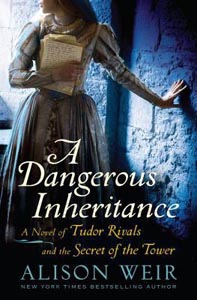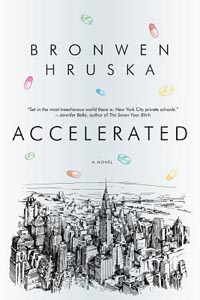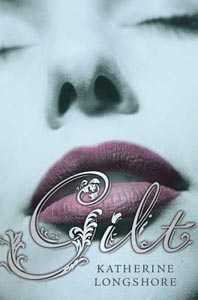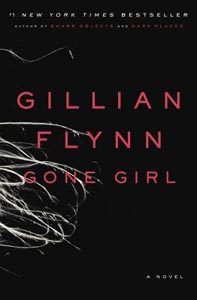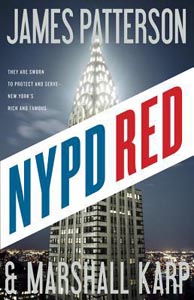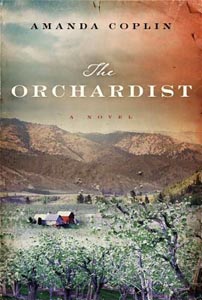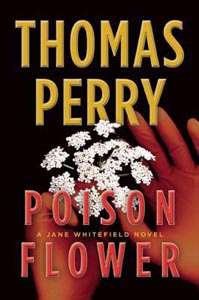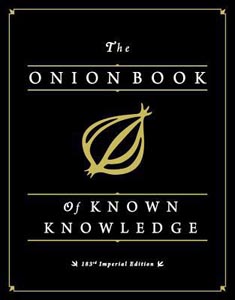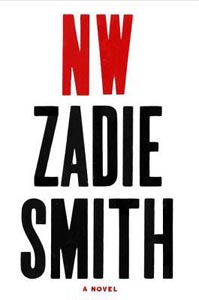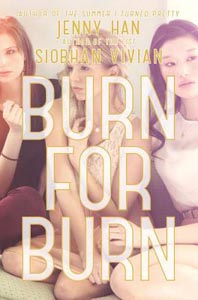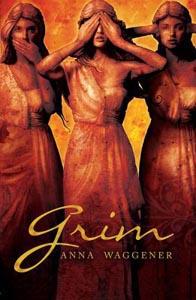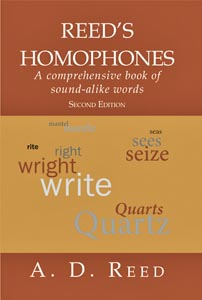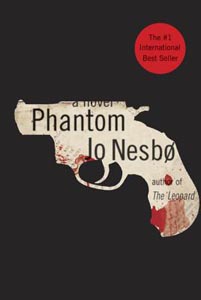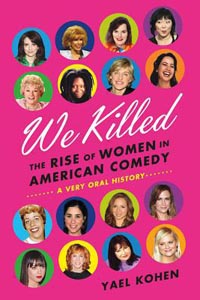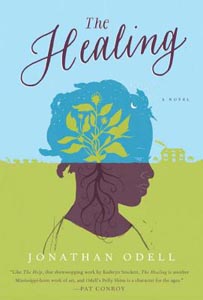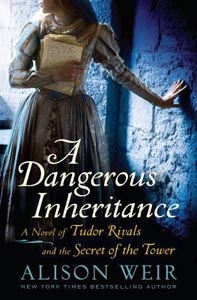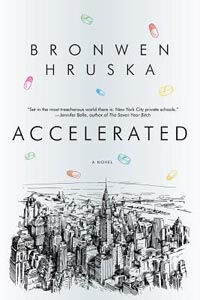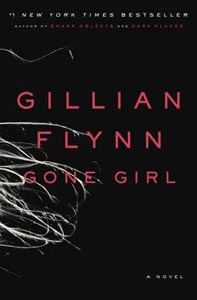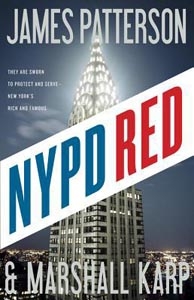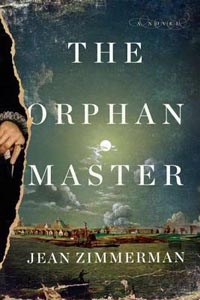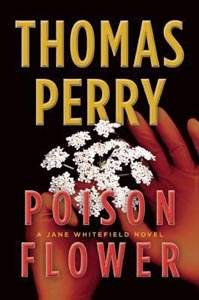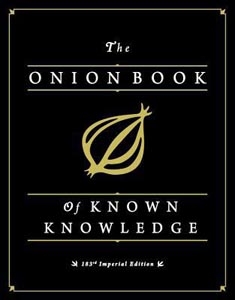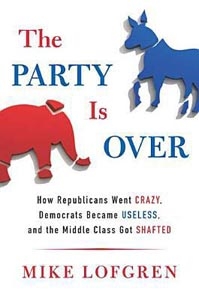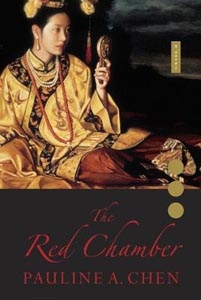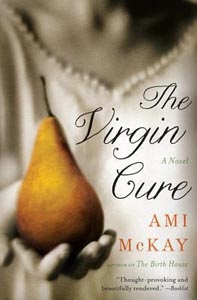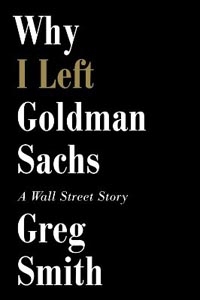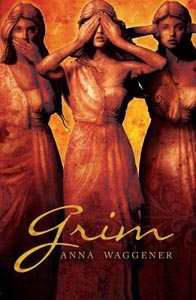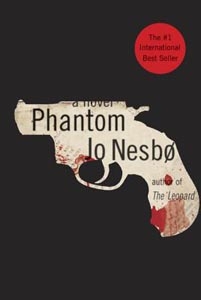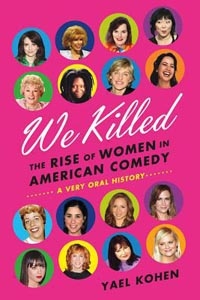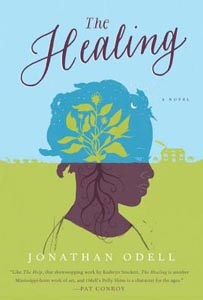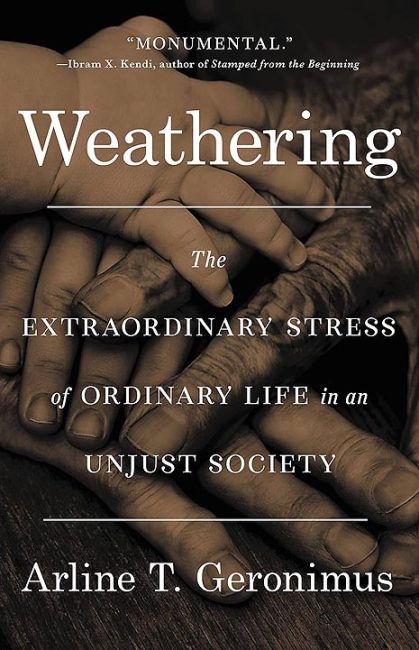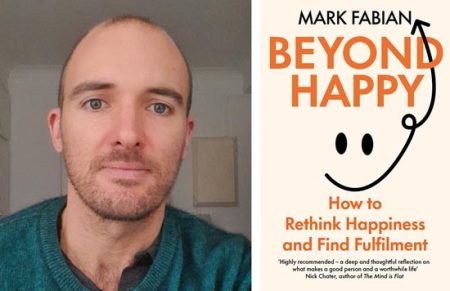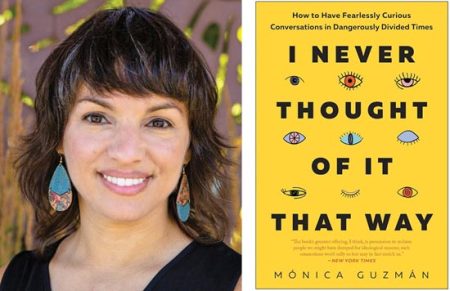Book Bag – December 2012
Best of Happy Reading, a Little Bit of Eggnog, and a Learned New Year
reviews by Sharon L. Shervington
As the holidays approach it is always a good idea to stop and think about who is going to get what. And of course we want all our giftees to be happy. One great way to do that is by giving the gift of books. Here are some of the best from 2012.
This was a great year, with standout reads in contemporary and historical fiction, young-adult novels, as well as thrillers, dystopian fiction, gift books, and nonfiction. Enjoy!
Contemporary Fiction
My top contemporary fiction picks are Accelerated, (Bronwen Hruska; Pegasus Books; $25; 330 pages) a spot-on look at the ultra-competitive state of education in America, that begins as early as preschool. Set at a posh Manhattan private school, single dad and artist Sean is being pressured by school officials to have his son Toby evaluated, so that he can “focus” better even though he seems to be doing fine. He is diagnosed with ADHD and put on a Ritalin-like drug, with dire consequences. The book also looks at family relationships and neatly skewers the perils of mixing child-rearing and upward mobility.
Internationally acclaimed biracial author Zadie Smith, best known for her novel On Beauty, scores big again with NW, (Penguin Press; $26.95; 401 pages) a story of current and former residents of a London housing estate, (the equivalent of “the projects” in the U.S.). It follows the marriages, friendships and careers of two couples. The women, one black and one white, have been friends from childhood. Brutal, yet exhilarating, it is a minuet of manners, mores and pretenses versus realities. It also explores the troubling confusion of finally getting what you are supposed to want and finding it is not to your liking. This is a stunning addition to Ms. Smith’s oeuvre.
My two favorite young-adult novels in this category begin with Burn for Burn, (Jenny Han & Siobhan Vivian; Simon & Schuster; $17.99; 356 pages) about cool and not-so-cool girls, best friends from early childhood, each of whom has been deeply wronged in some way, sometimes by one another. But they all share a common enemy and this is the story of their carefully plotted and implemented revenge. This is a delicious guilty pleasure in the manner of the current television series Revenge. Along with Scandal, it is also a great gift.
Next is Winter White, (Jen Calonita; Poppy; $17.99; 356 pages) the second book of the Belles series, about a Southern politician’s daughter and the cousin who comes to live with the family. How the family members deal with this stranger in their midst – often ungracefully – leads to heartache and problems for the senator, who is up for reelection. A likable heroine, thrown in an instant from poverty into lifestyles of the rich and famous, is lots of fun.
Thrillers
My top contemporary thriller picks are Poison Flower, (Thomas Perry; Mysterious Press; $24; 274 pages) the latest, and long-awaited addition to the Jane Whitefield novels, about the Anglo-Native American woman who spirits desperate people into new lives and identities and Gone Girl (Gillian Flynn; Crown; $25; 419 pages), both of which have been previously reviewed in this space.
I also recommend Jo Nesbo’s latest, The Phantom, as well as Unwanted (Kristina Ohlsson). This was a creepy surprise from a female Scandinavian writer who draws a direct, yet twisted, line between severe child abuse and mass murder, with excellent characterizations and pacing. This is definitely a writer and a genre to watch in the year ahead.
I enjoyed James Patterson’s NYPD Red, about a psychotic actor and his sidekick, who plan a bizarre killing spree during a high-profile week of events designed to bring more Hollywood shoots to the Big Apple. The fact that the lead detectives on the case were once involved gives an extra frisson to the proceedings. And I was pleasantly surprised by Patterson’s Zoo, (both Little, Brown; $27.99) a believable mix of speculative dystopia and ecological mystery in which animals all over the world swarm and turn on humans.
Another completely different take on the usual thriller is Grim, (Anna Waggener; Scholastic Press; $17.99; 313 pages) the fantastical story of a mother, Erika, caught between life and death, after a catastrophic accident. Her three children undertake a mission to find her, guided by angelic and sinister Samaritans. Think Dante’s Inferno meets Fallen.
Historical Themes
Historical fiction and nonfiction are also enthralling this year. My top picks are The Red Chamber, a re-imagining of the Chinese classic, set in 18th-century Beijing, in which a beautiful and smart country cousin enters the opulent world of the relatives she has never met, who take her in after her father’s death. When a new emperor comes to power the jagged fault lines that run like riptides under the family’s placid surface are starkly revealed. (Pauline E. Chen; Knopf; $26.95; 381 pages)
A Dangerous Inheritance, by the highly popular Alison Weir, offers parallel, yet intertwined narratives of two Katherines. One was the sister of Lady Jane Grey, who was Queen of England for nine days before being arrested and beheaded for treason. The other, Kate Plantagenet, was the illegitimate daughter of the infamous Richard III. Set seventy years apart, both girls are tragically forced to marry against their will to increase their families’ wealth and power. (Ballantine Books; $27; 507 pages)
The young-adult novel Gilt, is about yet another tragic Katherine, Henry VIII’s fifth wife, the teenage Katherine Howard and focuses on her friendship with a girl named Kitty who was raised with her in the household of a dowager duchess who took in unwanted well-born daughters for the Howard family to use in its ruthless quest for power. The intrigues of court life and especially the sex, violence, and gossip behind a glittering façade remain quite relevant today. (Katherine Longshore; Viking Children’s; $17.99; 406 pages).
Four wonderful novels take place at various points in U.S. history; The Orphanmaster is set in the Dutch colony of New Amsterdam in 1663 at a time when a string of orphan killings has taken place. In an environment where orphans are disposable, our protagonist Blondine von Couvering, an orphan herself, is coming into her own as a prominent trader. A host of possible suspects, compelling characters, especially her African American friend and bodyguard and an English beau, who happens to be a spy add up to a well-paced, well-researched, early American thrill ride. (Jean Zimmerman; Viking; $27.95; 418 pages)
The Orchardist also has powerful elements of suspense and riveting characters. Set at the turn of the 20th century in the foothills of the Cascade Mountains in the Pacific Northwest, its central character is the solitary Talmadge, who knows only the beautiful, remote land he has lovingly cultivated for nearly half a century. One day on a visit to town he meets two abused girls on the run and slowly wins their trust. After a time of peace and security, brutal men with guns arrive, shattering lives. This first novel by Amanda Coplin is carefully crafted and peopled with elegantly drawn characters, especially Talmadge, whose deep well of compassion is at the core of this unusual tale. (Harper; $25.99; 432 pages)
The Healing, by Mississippi native Jonathon Odell, is a moving story set mainly in the pre-Civil War South. The central character Granada, an enslaved child, is adopted by her increasingly unhinged mistress after the woman’s daughter dies. But her cruelty and disturbed mind, not to mention her enslavement, damage Granada greatly and it takes the arrival of the magical healer Polly Shine to bring her out of denial and help her to find her gifts. Seventy-five years later she uses all she knows to heal a young girl in trouble, passing on the gift. (Nan A. Talese, Doubleday; $26; 340 pages)
I also want to acknowledge Freeman, by Leonard Pitts, which was previously reviewed here. It too is one of the best novels of the year.
The Virgin Cure is the story of a feisty young girl sold into what was essentially slavery, as a household drudge by her mother at 12 years old. She manages to escape and forms a friendship with the young doctor, Sadie, but that is not enough to keep her out of the clutches of procurers who especially sought virgin girls, who were believed to cure venereal disease. A tightly woven plot and a look at social issues entertainingly presented and that are still relevant today make for a quick and disturbing read. (Ami McKay; Harper; $25.99;319 pages)
Contemporary Nonfiction
For those who want to take a hard, clear look at politics today, I recommend The Party Is Over: How Republicans Went Crazy; Democrats Became Useless and the Middle Class Got Shafted. The author, Mike Lofgren, was a Republican for many years, but no more. The focus of this intriguing manifesto addresses exactly why so many Americans are disgusted by politics, particularly the pandering to corporate interests so that corporate wish lists are thrust into much of our legislation. (Viking; $25.99; 231 pages)
Equally thought-provoking, but a different sort of book altogether, is Why I Left Goldman Sachs; a Wall Street Story, by Greg Smith, whose March 14th editorial in The New York Times went viral, striking a nerve across classes, with everyone from public officials to ordinary people weighing in. Understanding the banking industry is a must for every American and this shows why. (Grand Central; $27.99; 276 pages)
An especially fine gift is We Killed: the Rise of Women in American Comedy, which puts paid once and for all to the specious and irksome argument that women are not funny. From Phyllis Diller to Tina Fey, Maya Rudolph, Joan Rivers, Margaret Cho, Whoopi Goldberg, and so many more, this is an in-depth look at how women cracked the comedy game, which was thoroughly male-dominated for so many years. In an unusual format based on some 200 interviews, this is the definitive story of America’s funny women. (Yael Cohen; Sarah Crichton Books (FSG); $27; 306 pages.)
The ideal gift for the writer on your list is Reed’s Homophones, a handy reference for words that sound alike but are spelled differently and mean different things. Written by A.D. Reed with a light touch, it nevertheless expresses a deep love of our language and is an ideal tool to help thwart misuse of words in writing. It is a perfect stocking-stuffer for students as well. (Pisgah Press; $10; 110 pages)
Gift Books
My number one gift-book pick of the year is Smithsonian’s Fashion: the Definitive History of Costume and Style, by Dorling Kindersley. This glittering volume is nearly 500 glossy pages of what people wore and how and when they wore it. Beginning in the Ancient World, it culminates with the Designer Decades, which continue today. For clotheshorses to style lovers to anyone who likes to look good ($50; 479 pages).
If you want to leave them laughing, give them The Onion Book of Known Knowledge: a Definitive Encyclopedia of Existing Information. This is hardly what its title purports it to be, but it is totally hilarious. (It’s a little short on taste, just so you know. You wouldn’t want this in the wrong stocking.) It is very consistent in that you can rely on opening at random to something that will set you off into a fit of giggles. (Little,Brown; $29.99; 243 pages)
I also recommend Inspiration: Profiles of Black Women Changing Our World (Crystal Mcrary and Nathan Hale Williams; Stewart, Tabori & Chang). These profiles of 30 women, from Michelle Obama to Thelma Golden, many of whom are household names, also offers several delightful surprises.
Happy holidays, and to all a good read!

